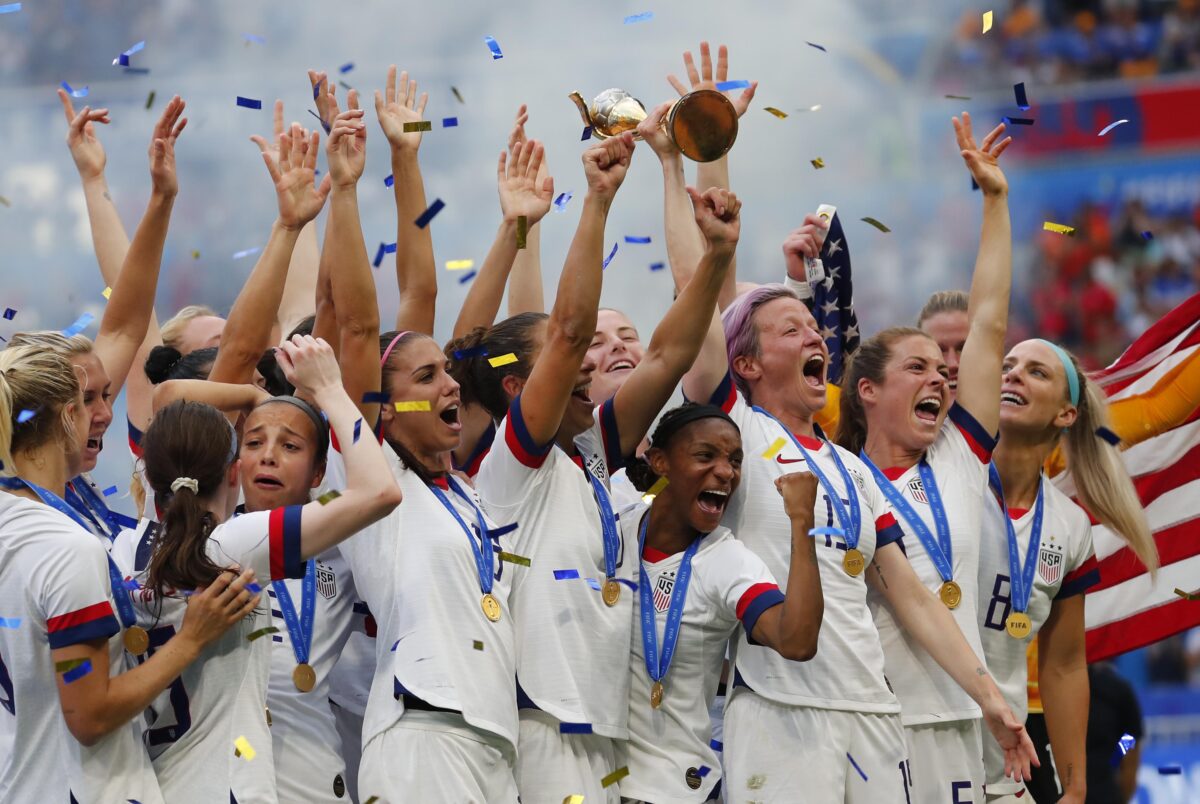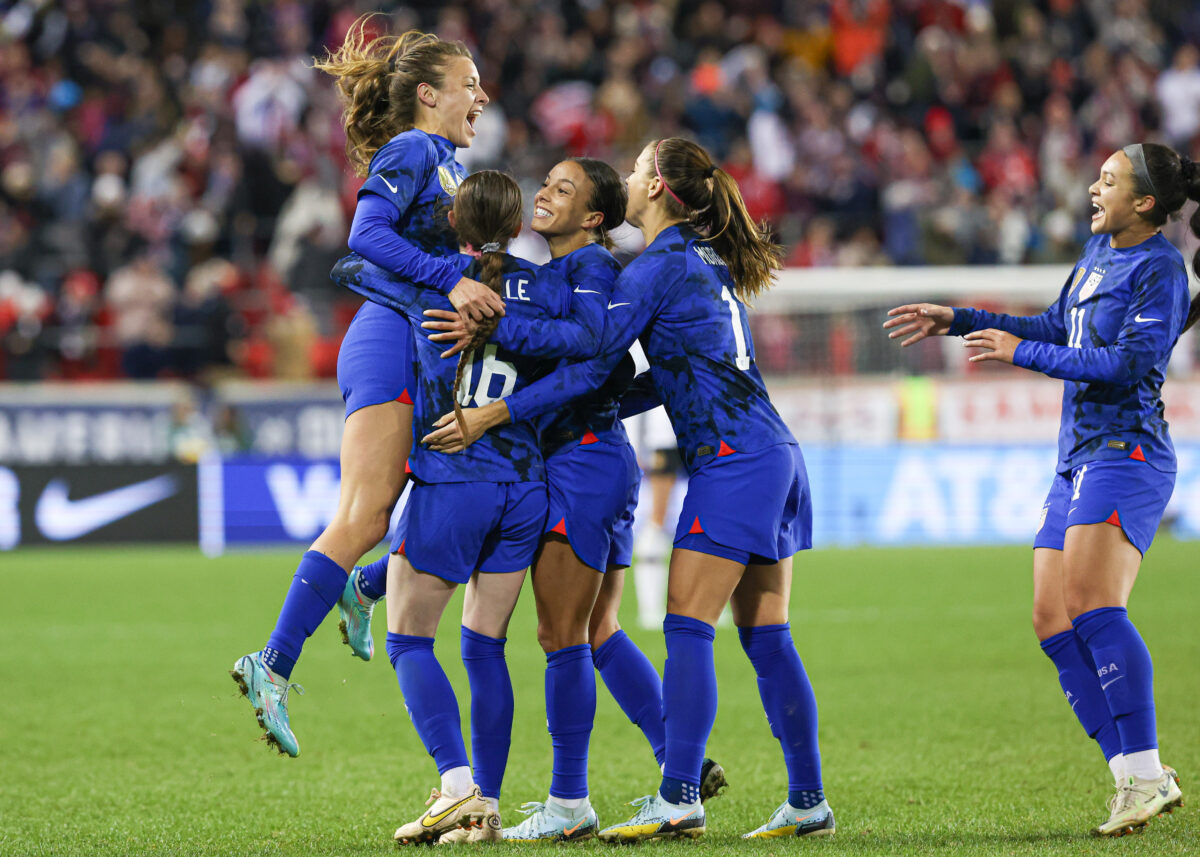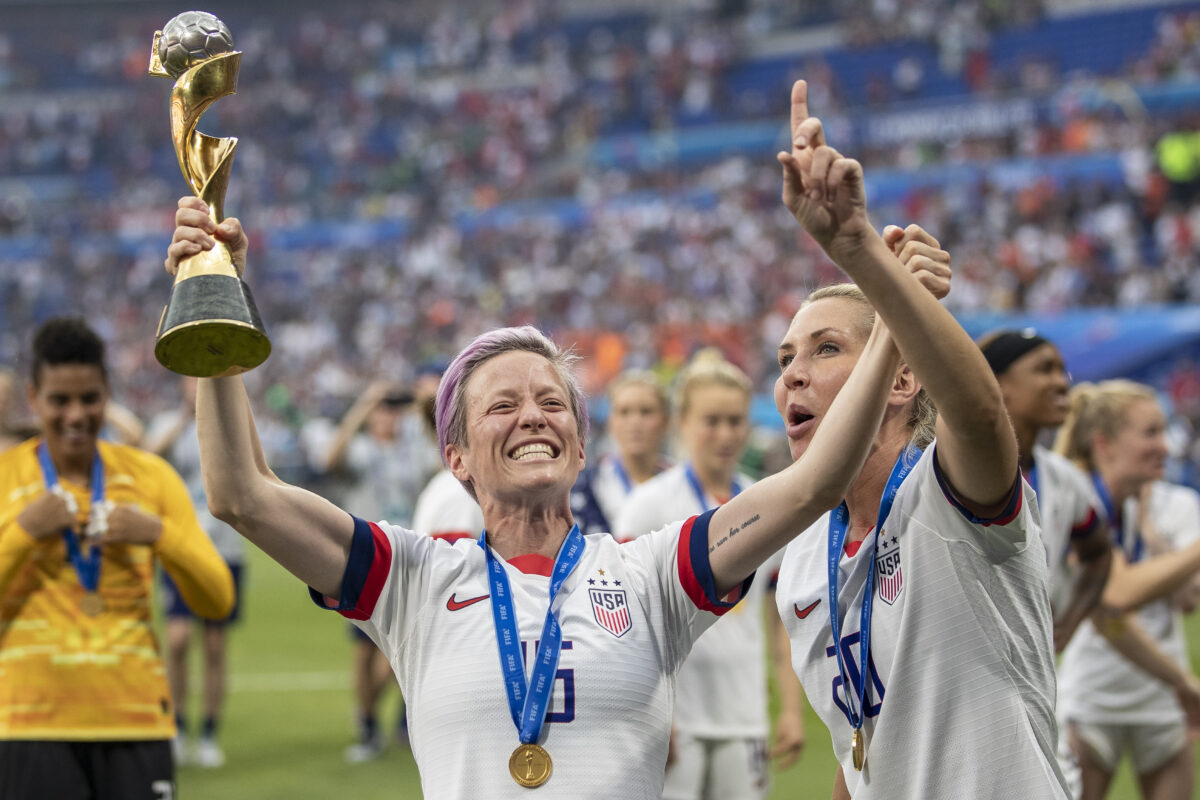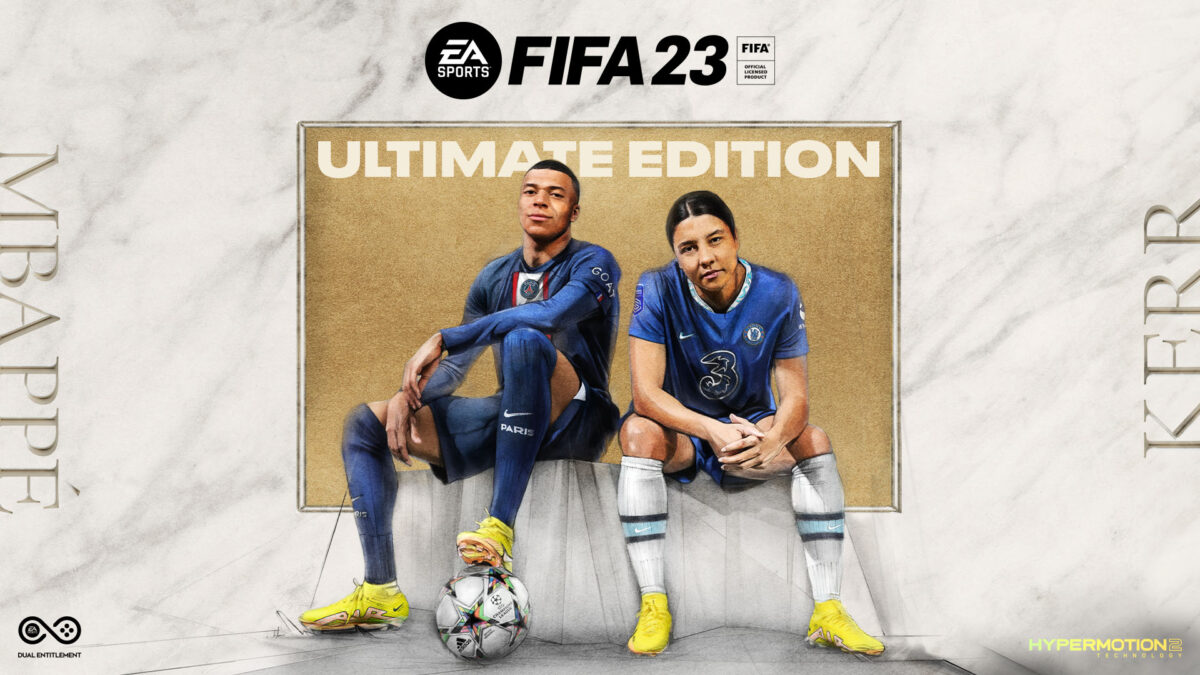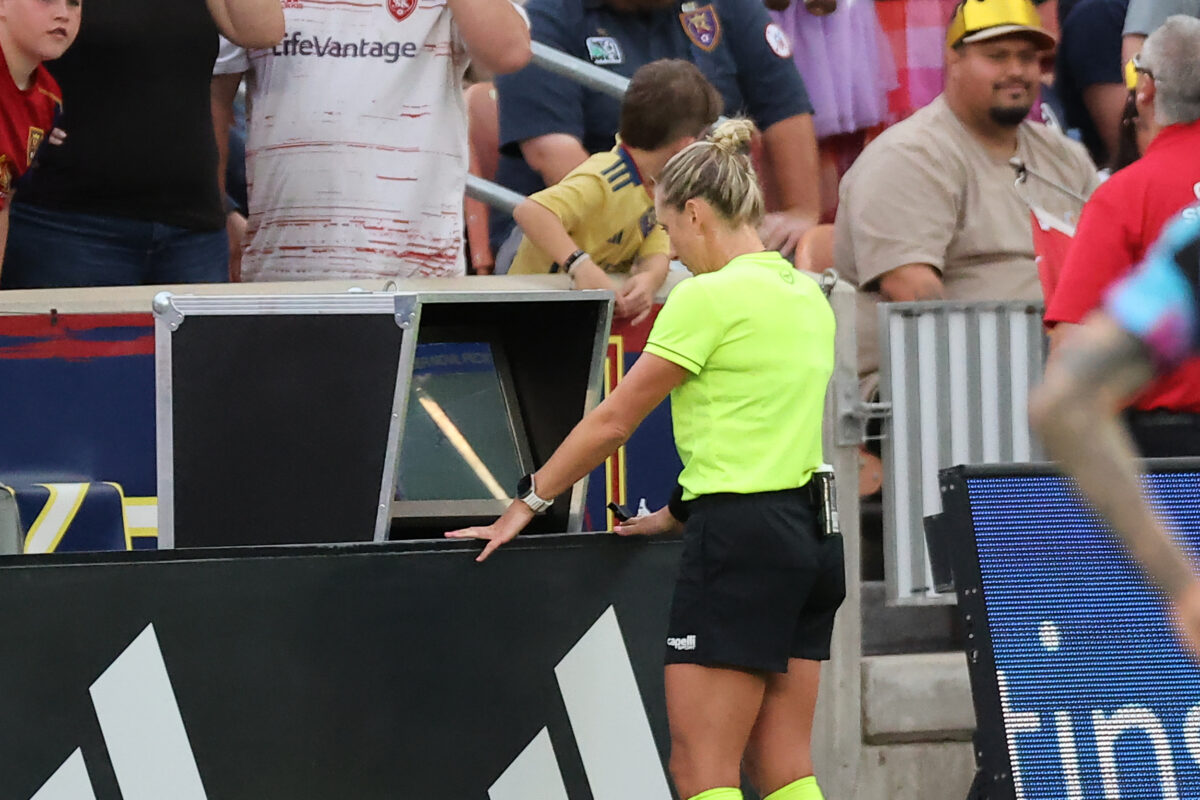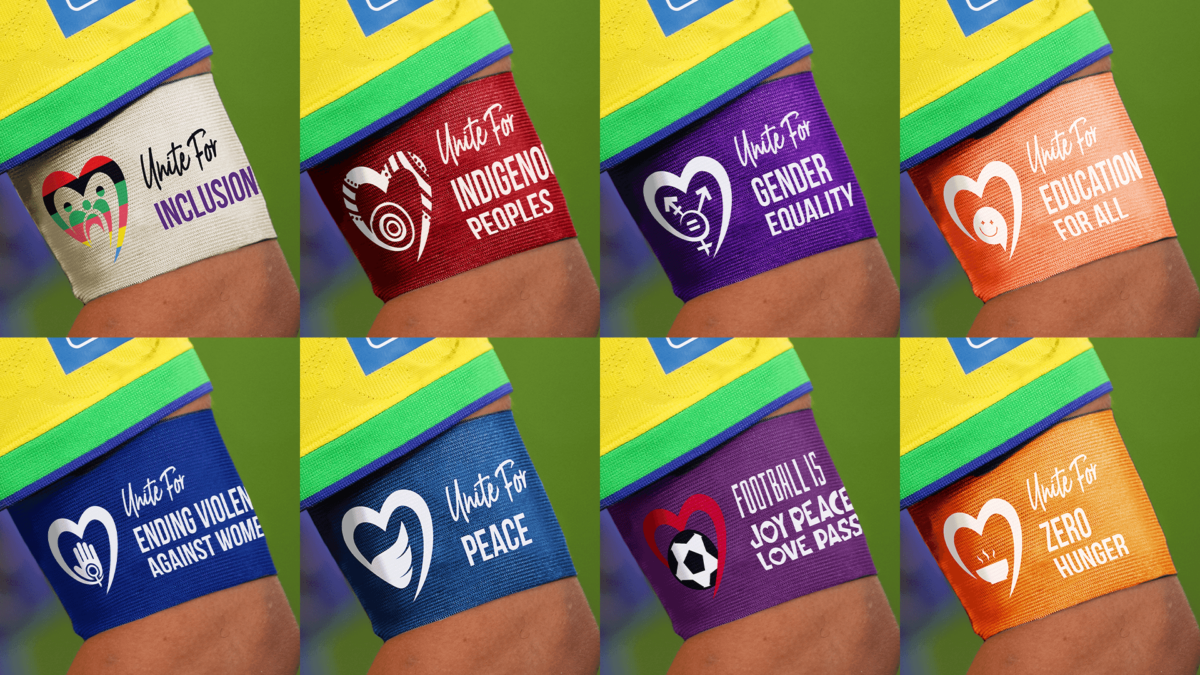It’s not a World Cup unless Infantino gets a little weird
The last time FIFA president Gianni Infantino arrived at a World Cup, he lashed out at critics of the 2022 men’s tournament in Qatar during a bizarre monologue.
This time? He just wants a nap.
At a press conference just before the start of the ninth women’s World Cup, Infantino decided to bring up his tone-deaf remarks in the form of a joke.
“For those of you who are waiting to hear how I feel today, today I feel tired,” said Infantino. “Because I have just landed. But I feel very happy.”
In Qatar, Infantino decided the best choice, in the face of criticisms of a World Cup built on the years-long abuse of migrant labor in a country that criminalizes homosexuality, was to claim he identified with every group involved.
“Today I have very strong feelings,” railed Infantino last November. “Today I feel Qatari. Today I feel Arab. Today I feel African. Today I feel gay. Today I feel disabled. Today I feel a migrant worker. And I feel all this because what I’ve been seeing and what I’ve been told, since I don’t read, otherwise I would be depressed, I think.”
In Auckland, however, he fell back on a “I just flew into town, and boy are my arms tired!” level joke. Reporters on site did not make note of any rimshots sounding in the room.
Infantino moved on to announce that he will only be talking about things that he thinks are good during the tournament. Critics will apparently just have to wait until late next month.
“Until August 20, you will only hear positive things from me about everything and everyone, and if somebody is still not happy about something, then I am so sorry,” said Infantino. “As of August 21 we focus on some other issues around the world. We will deal with all the problems coming up. But seriously we have made important steps and made a path.”
Infantino: FIFA will send player payments to national federations
Infantino moved on to discuss FIFA’s move to pay players directly and boost prize money overall in the women’s World Cup. However, Infantino was largely trying to serve a reminder that the world governing body will still send the money to the 32 national federations to then disperse to players.
“Whatever payments we do, we do through the associations,” said Infantino. “And then the associations make the relevant payments to their players. But we are in touch with the associations.”
Despite his interest in positive vibes only, this may turn into a problem. Several national teams have indicated huge problems with their federation: Canada players testified before the nation’s House of Commons over Canada Soccer’s poor treatment of its women’s program, while players and coaches for Nigeria say its federation already owes them money.
Jamaica had to resort to a GoFundMe after making a collective statement saying that the Jamaica Football Federation has once again failed to support them at even a basic level. At the other end of the spectrum, even England has ended up hitting the pause button on bonus talks with the FA, with players announcing on Tuesday that they are “disappointed” at not having a resolution in place before the tournament.
[lawrence-related id=23138,22809,22843]
